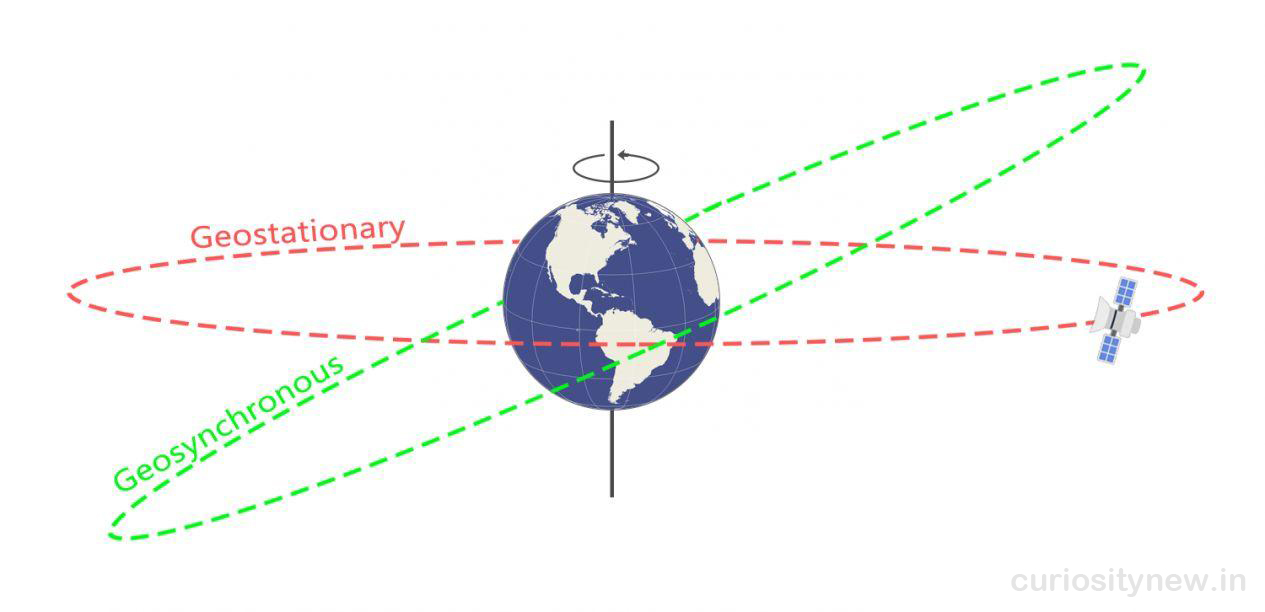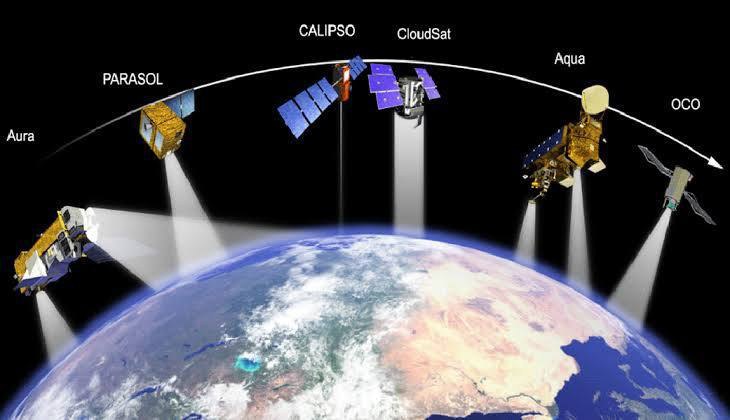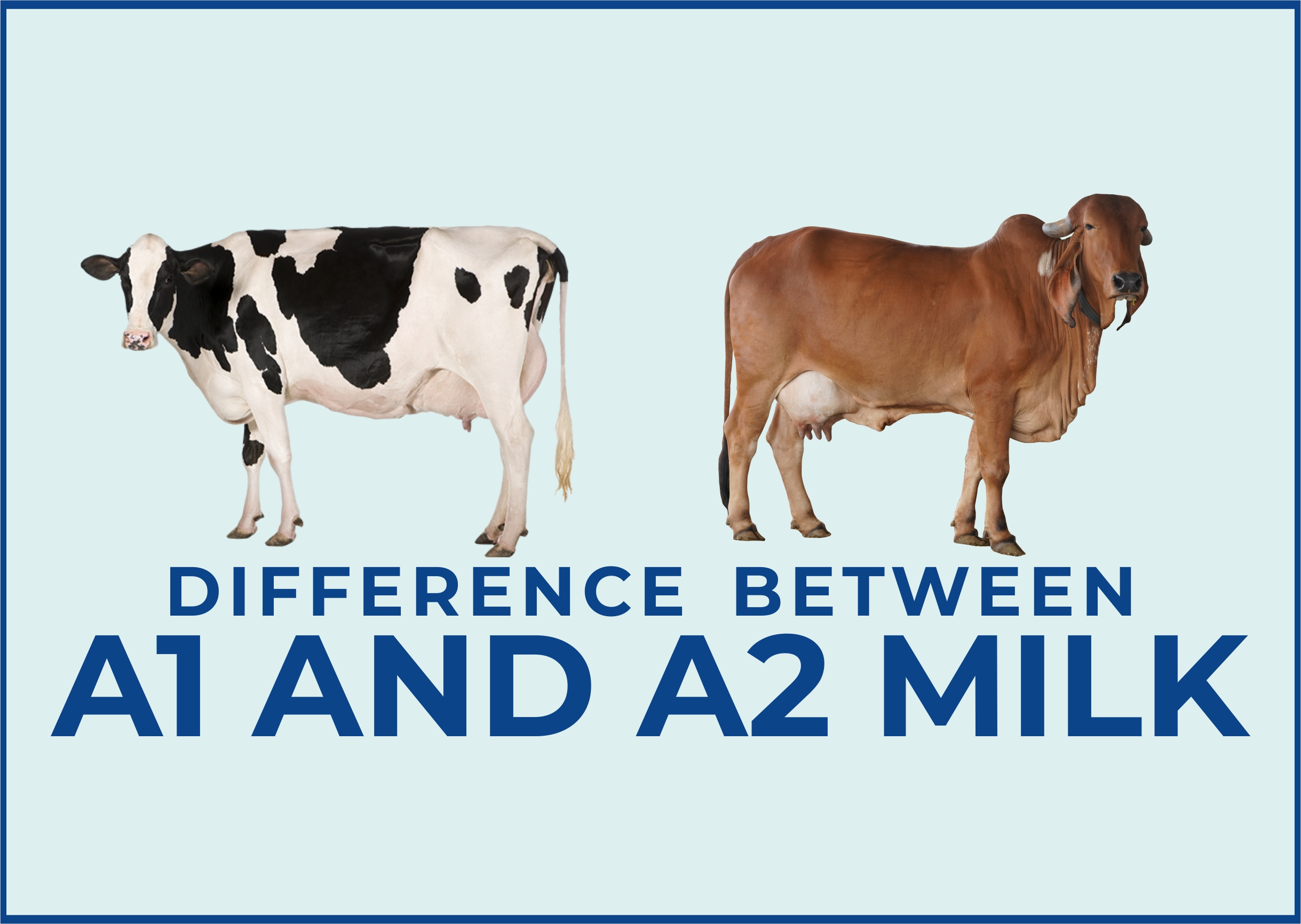
There’s a sweet spot over the Earth where a satellite can coordinate a similar pivot of the Earth.
This uncommon situation in the high Earth circle is known as a geosynchronous circle.
Around 35,786 kilometers over the Earth’s surface, satellites are in a geostationary circle. From the focal point of the Earth, this is roughly 42,164 kilometers. This separation places it in the high Earth circle classification.
At any tendency, a geosynchronous circle synchronizes with the turn of the Earth. All the more explicitly, the time it takes for the Earth to turn on its pivot is 23 hours, 56 minutes and 4.09 seconds, which is equivalent to a satellite in a geosynchronous circle.
On the off chance that you are an onlooker on the ground, you would consider them to be as though it’s in a fixed situation without development.
This makes geosynchronous satellites especially valuable for media communications and other remote detecting applications.
While geosynchronous satellites can have any tendency, the key contrast to a geostationary circle is the way that they lie on a similar plane as the equator.
Geostationary circles fall in a similar classification as geosynchronous circles, yet it’s stopped over the equator. This one extraordinary quality makes it one of a kind from geosynchronous circles.
Climate observing satellites like GOES are in geostationary circles since they have a consistent perspective on a similar zone. In a high Earth circle, it’s likewise valuable for search and salvage guides.













